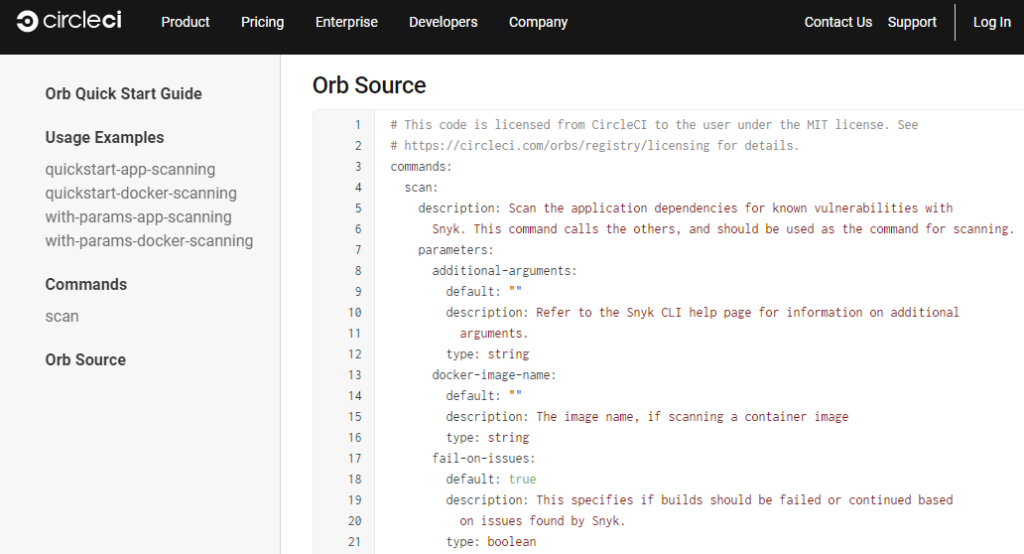I met with Jim Rose, CircleCI’s CEO recently to discuss the company’s expansion into Europe, by way of opening an office in London first. Rose is a thoughtful executive, and I found the exchange very interesting – with key insights to pursue, such as the way different geographies focus more on quality rather than speed as a driver for continuous integration process and tools adoption.
I asked about establishing a European business, and Rose argued that CircleCI already has a business here, but is looking to grow it and help clients get the most out of the company’s tools. The team he’s hiring will be sales-oriented but the first hires are customer success managers and customer success engineers. CircleCI is aiming to hire about 25-30 folks in the next year or so.
As a SaaS business, he said, many European companies were already using its tools; EMEA comprises up to a quarter of CircleCI’s business.
Obviously I had to ask about Brexit, but Rose was confident the the UK is still a good place to establish a base for the continent. The UK’s mix of enterprise and startup businesses suits the CircleCI model of the world. Rose said he sees adoption of technologies in startups first, which then “reaches boiling point, and boils over into enterprises.”
This makes sense. Historically startups used very different tools from enterprises – but in recent years we’ve seen a clear convergence. Thus for example Kubernetes is being used extensively by Monzo, the challenger bank, but it’s also in production at traditional banks like HSBC and Barclays.
Kubernetes, though, is not the best indicator that Rose sees for companies that are ready to embrace hosted continuous integration at scale – rather CirceCI looks for companies that are adopting managed API services such as Auth0 for authentication or Stripe as a payment gateway. This case study I wrote about Autotrader’s adoption of Stripe would indicate this API/service adoption is a good heuristic.
One reason CircleCI is setting up shop here now is that we’ve moved beyond the missionary sale for modern enterprise CI. It’s an expectation now. Companies are becoming more strategic about their CI platforms. Having visited a number of European cities this year on a DevOps roadshow with Cloudbees, I can absolutely confirm companies across the continent are looking to be more strategic, rather than expecting teams to set up their own Jenkins instances and just get on with it.
One insight from Rose that I found very interesting was the examination of different drivers for modern software development – specifically velocity or quality. The US/UK focus of a lot of my research has definitely skewed towards velocity as the key driver for digital transformation and end to end CI/CD strategies. But that’s not always the case.
Rose said:
“In the US the key driver is speed. Move faster! If you deliver in smaller chunks, with more testing, you ultimately get better quality. In Japan on the other hand, the lead pin is quality. Quality matters because you lose face if your ship something that breaks. By focusing on quality, you end up with speed.”
Likewise in Germany, it’s very much a quality first sale, while other geos are more likely to be primarily attuned to velocity. Rose got me to thinking about benchmarking different countries by their focus on speed or quality as a driver for better testing.
On the subject of software delivery metrics, we also talked about benchmarking numbers around stability of mainline, rate of change, and mean time to recover. Current MTTR backlash notwithstanding a lot of enterprises are adopting the metric as a way to look at improvements in software delivery. Rose said CircleCI is increasingly looking at fixes based on configuration changes as a differentiator:
“For the majority of customers the mainline is pretty green. If it breaks they can fix it pretty easily, usually within an hour. In CircleCI a config change causes fewer issues, and can be fixed with one incremental commit.”
Given how many production outages are config-based this story makes a lot of sense, and is likely to find a ready audience.
One final insight from Rose that I found telling concerned the company’s Japanese business, and what CircleCI can learn from it that will be useful more broadly.
“With platform adoption you have initial champions, that are willing to tinker. The second wave of adopters though are getting more and more abstracted away from compute and practice. They don’t understand the decisions that have been taken. In Japan the early adopters were proficient in English, while the second wave were not. It made the problem of adoption incredibly clear due to the language barrier.”
This simple insight feels really smart, and is likely to benefit any infrastructure company. While the language barrier makes it especially clear, the need to explain why and how decisions were made is going to be relevant to any organisation trying to move from early adopters to more mainstream adoption.
CircleCI has taken this lesson and is applying to “Orbs”: shareable configuration packages for your builds, so that the mainstream teams aren’t faced with trying to work out how something is done, but can use the shared automations previous teams have set up. The automation repository is far from a new idea, but CircleCI seems to be thinking it through pretty well. Automation is a win, but you also need to document the approach behind the automation.
It will be interesting to see how CircleCI gets on in London. The company has a thoughtful adoption to mainstream adoption that should pay dividends. Everyone is looking for help with new technology and process adoption.
Related publications:
Tools lead culture change: Happy Birthday DevOpsDays
disclosure statement:
CircleCI and CloudBees are both RedMonk consulting clients.

No Comments